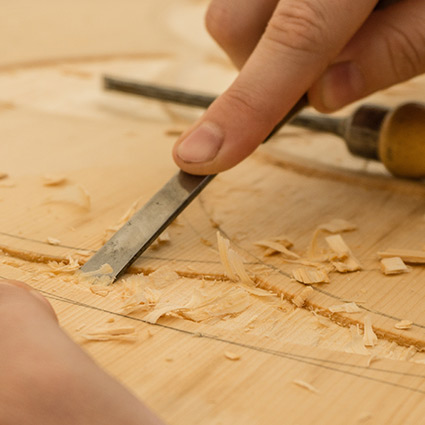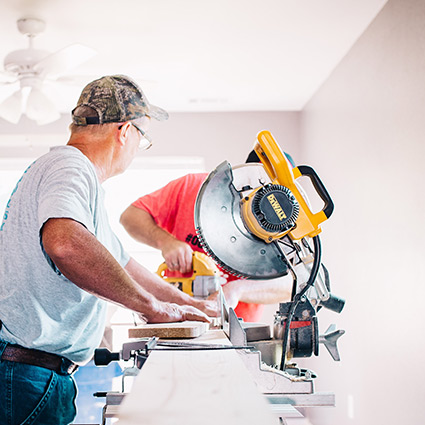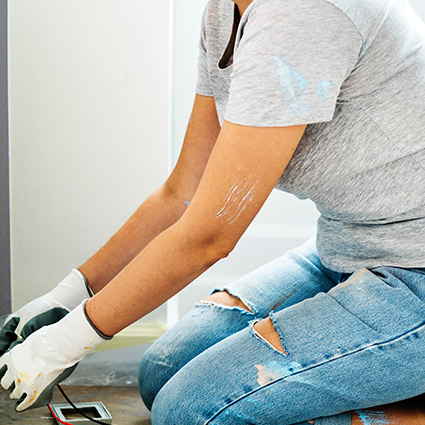Step-by-Step Vinyl Loose Lay Flooring Installation guide
It’s no secret. Vinyl loose lay flooring is one of the easiest types of flooring to install.
In fact, there are only a few tools needed in a lot of cases, and if you have a level floor with no more than 3mm tolerance over a 3-metre straight edge, the installing and cutting of the vinyl planks is very easy. Depending on how many rooms you’re installing, it can even be done in under a day!
However, like any other DIY project, there are a few steps to follow.







